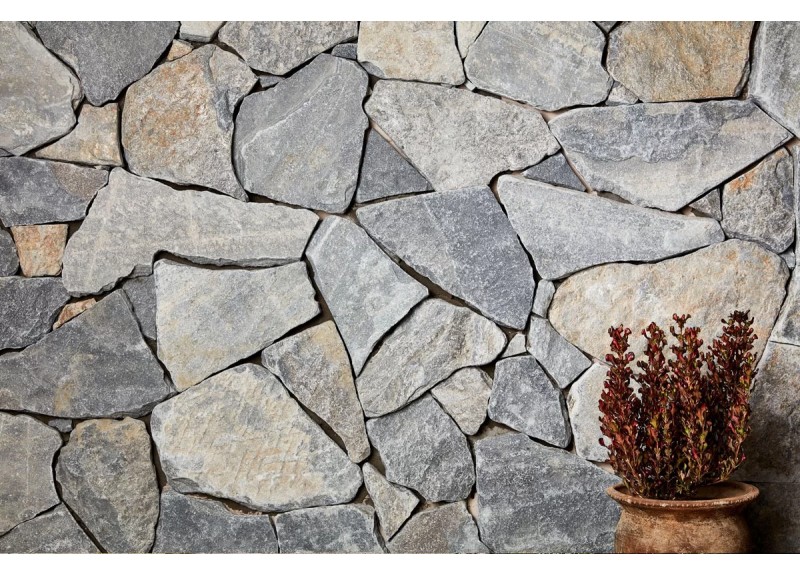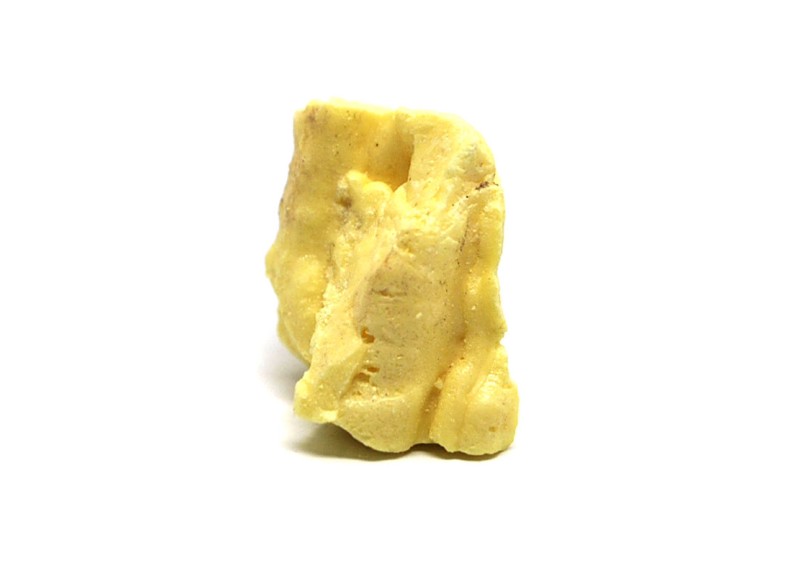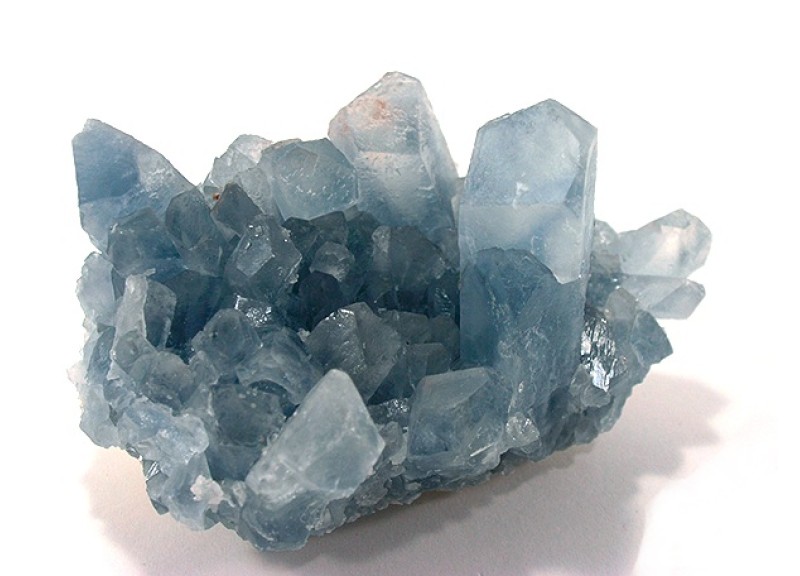
Stone: A Fundamental Material Across Time and Cultures
"Stone," in its simplest definition, refers to any hard, solid, non-metallic mineral material. However, this simple term encompasses an immense variety of rock types, each with unique characteristics, colors, textures, and origins. From the towering granite mountains to the humble pebble on a beach, stone has been a fundamental material for human civilization for millennia. It’s not only a building block but also a canvas for art, a tool for survival, and a source of inspiration. The sheer diversity and enduring nature of stone have made it a vital element in our history and continue to shape our built environment
Building and Construction: Enduring Strength and Beauty
One of the primary uses of stone throughout history has been in construction and architecture. From the awe-inspiring pyramids of Egypt to the sturdy castles of Europe, stone has provided a durable and enduring building material. Stone walls, foundations, and columns have demonstrated incredible resilience over centuries, providing a strong, weatherproof structure. Different types of stone are used for various purposes in construction: granite for its strength and durability, marble for its elegance and beauty, limestone for its versatility and ease of shaping, and slate for its waterproofing properties in roofing. The natural aesthetic of stone also makes it a popular choice for facades, patios, and landscaping features, blending structural integrity with a visually pleasing appearance
Stone in Art, Decoration, and Craft
Beyond its structural uses, stone is also a widely used medium in art, decoration, and various crafts. Sculptors have long utilized stone to create timeless masterpieces, from the intricate carvings of ancient civilizations to modern-day installations. Gemstones, which are a form of mineral stone, are used to create exquisite jewelry, prized for their colors and unique patterns. Decorative stone, such as marble or granite, is often used in interior design to create luxurious surfaces, floors, and countertops. In landscaping, stone is used for creating paths, walls, and water features, blending natural elements into the built environment. Stone's inherent beauty, durability, and textural qualities make it an ideal material for artistic expression and decorative purposes.
Tools, Technology, and Historical Applications
Stone played a critical role in the development of early human tools and technologies. From the Paleolithic era onwards, humans used stone to make axes, knives, arrowheads, and other tools essential for hunting, gathering, and building. The process of shaping stone into useful implements led to advancements in technology and craftsmanship. Throughout history, different types of stone were used for milling grain, constructing grinding stones, and creating weapons for defense. These early applications of stone demonstrate its critical importance in the advancement of human civilization. Even today, some tools utilize specialized types of stones for sharpening or honing
Symbolism, Cultural Significance, and Spiritual Connections
Stone is often associated with symbolism, cultural significance, and spiritual connections across different cultures. In many belief systems, stones are viewed as having spiritual powers, and certain types of stones are used for healing or religious purposes. In some cultures, standing stones and megaliths are believed to have been markers of sacred places or used for astronomical observation. The enduring nature of stone, its immutability over time, has led many cultures to consider it as a symbol of strength, stability, and eternity. The presence of stone in various traditions underscores its significance beyond its physical properties
Modern Applications and the Future of Stone
Even in our modern age, stone continues to be a relevant material. New techniques for processing and using stone are continually being developed, and stone remains a popular choice for building, landscaping, and decoration. With a growing emphasis on sustainability, natural materials like stone are being reconsidered as alternatives to more energy-intensive options. The versatility, durability, and aesthetic appeal of stone ensure its continued importance in human society for the foreseeable future
Conclusion
Stone, in its numerous forms, is a material that has been fundamental to human civilization since the earliest days. From its role in architecture and art to its use in tools and religious practices, stone has played a vital role in shaping our world. Its strength, durability, and natural beauty continue to make it a valuable resource and an essential component of our lives, connecting us to the past and shaping our future

















